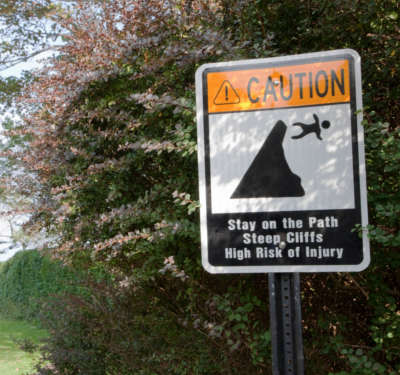Wales’ tourists not a burden for local healthcare
Injured tourists in scenic south Wales in the UK form a very small percentage of emergency department visits.
Published online 29 June 2016

The Welsh healthcare system has managed to minimize injuries to tourists.
© The Photo Works / Alamy Stock Photo
Researchers in southern Wales reviewed nine-years-worth of hospital data and found non-Welsh residents accounted for only 0.5% of unintentional injuries presenting to an emergency department1.
As tourist numbers visiting Wales are on the rise, the team, from Morriston Hospital in Swansea, was interested in assessing their burden on the local healthcare system. “We live in an area that is very popular with tourists, so we were interested in investigating their use of our emergency department,” says Ceri Battle from the hospital’s haemostasis biomedical research unit. “Their knowledge of the natural environmental conditions is limited as non-residents, which we believed would exacerbate their risk of unintentional injuries.”
Instead, they found that Welsh residents were responsible for the vast majority of unintentional injury presentations to the emergency department. They also found a decrease in non-resident presentations between 2006 and 2014, the data range that was studied.
Unintentional injuries include trauma, burns, drowning/near drowning and hypo/hyperthermia. The team categorized these injuries according to how they happened: mechanical fall, sporting injury, work-related, alcohol-related, alleged assault, outdoor pursuits, and others (including animal bites and stubbing a toe). They found that mechanical falls and sporting injuries accounted for 45% and 15% of non-resident presentations respectively, whereas assaults and alcohol-related injuries together accounted for 13% of the injuries. Only three deaths were recorded in the emergency department over the nine-year period, all due to drowning.
Non-Welsh injury presentations were more common in the summer and between 5pm and 6pm, leading to mainly two- to three-hour-stays in the emergency department. The upper limb followed by the lower limb and finally the head were the most common parts of the body affected.
“The number of visitors to southwest Wales has increased dramatically over the last ten years, however the number of presentations to the emergency department has not increased at the same rate,” says Battle. “This may suggest that our locally introduced health and safety policies are successful and similar initiatives should be supported.” These policies may include the availability of good quality walking guides, well-maintained and sign-posted footpaths, and clear and informative outdoor safety signs. Further research is needed to investigate the impact of newly introduced public health policies on emergency department services in tourist areas in the UK, write the researchers in their study published in the Journal of Emergency Medicine Trauma & Acute Care.Reference
- Battle, C. E., Evans, V. & Evans, P. A. Review of non-Welsh residents’ unintentional injuries presenting to an Emergency Department in South Wales: a nine-year retrospective study. J. Emerg. Med. Trauma Acute Care 2016, 2 (2016). | article
DOI: 10.1038/qsh.2016.117

